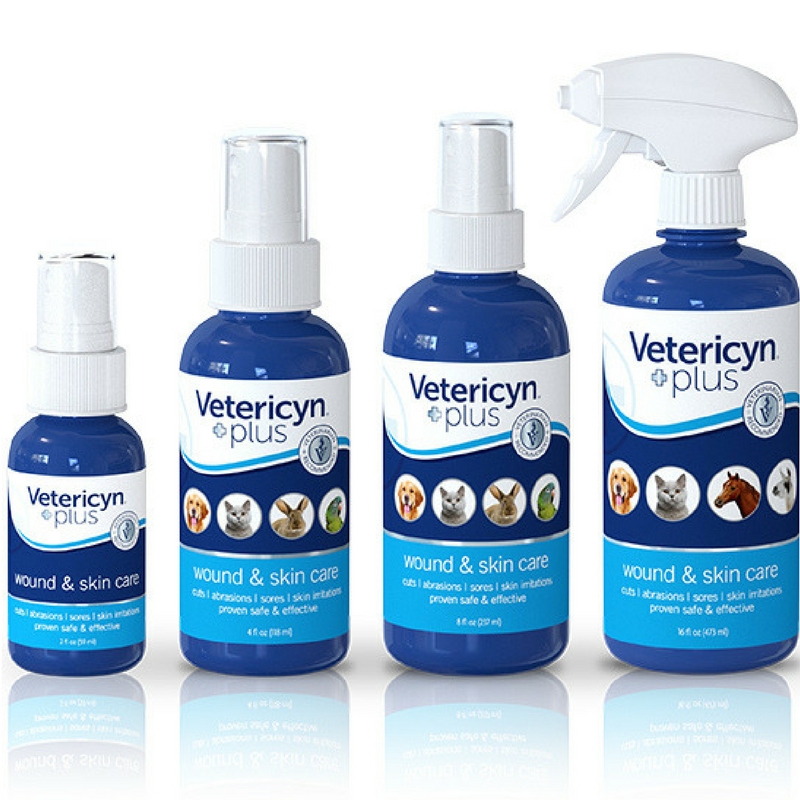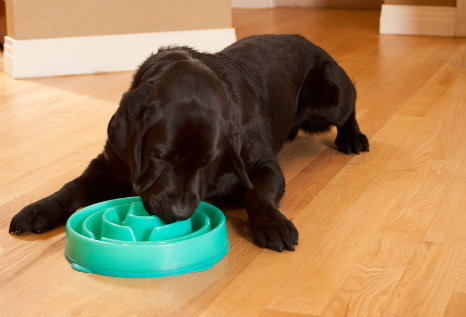- Dog CareDog LifeCommunity
- Photo Contest
Photo Contest- Giveaways
Mushrooms for Dogs
Dr. Katherine Kramer, a veterinarian at VCA-Canada Vancouver Animal Wellness Hospital, has been using mushroom supplements as a component of her veterinary practice for over a decade.
“We primarily use a turkey tail (Coriolus versicolor) supplement for senior dogs to support the immune system and to help prevent and treat cancer,” says Dr. Kramer, who notes other types of mushrooms, such as maitake, shiitake, and cordyceps have been shown to have health benefits as well.
The use of mushrooms in traditional and folk medicine can be traced back thousands of years. Similar to cannabis, mushrooms have been shown to contain multiple components with multiple health properties, including immune modulation and anti-inflammatory, anti-bacterial, anti-viral, and anti-tumor effects.
Though research in dogs is fledgling—there have been many more studies involving the use of medical mushrooms in humans—it’s promising. “There has been one interesting study investigating the effects of a compound extracted from the Coriolus versicolor mushroom used in dogs with hemangiosarcoma,” notes Dr. Kramer. “The dogs that received this compound had the longest survival times ever reported for this type of cancer.” She recommends all her cancer patients add a turkey tail mushroom for support. “While there is no conclusive data, I observe that patients receiving mushroom supplements (in addition to other therapies) have longer lifespans.”
In addition to cancer patients, Dr. Kramer suggests a medical mushroom supplement for middle age to senior pets in general. But while mushroom supplements can be extremely beneficial, many varieties can be deadly, the vet cautions. “It is important to note that pet supplements are not well regulated, and some are better than others. Please discuss the best supplement for your pet with your veterinarian.”
OUR PICKS
The Cancer Fighter/Immune System BoostersThe Coriolus versicolor mushroom, more commonly known as the Turkey Tail mushroom, is often recommended as an adjunct health supplement in cancer and chemotherapy. It possesses immune-boosting properties thanks to its polysaccharopeptides (PSP).
“The dogs that received this compound had the longest survival times ever reported for [hemangiosarcoma].”– Dr. Katherine Kramer
{Sponsored} Elevate your pet’s wellness routine with Fifth & Fido’s Turkey Tail Mushroom Formula. This bacon-flavored food topper harnesses the power of Turkey Tail mushrooms and probiotics to bolster your furry friend’s immune system and digestive health. Designed to address common age-related concerns, such as lumps, bumps, and skin irritation, this supplement offers a proactive, non-invasive approach to maintaining your pet’s vitality. Packed with immune-boosting polysaccharides and beneficial probiotics in every serving, this provides comprehensive support for your aging companion. ( from $34.99, fifthandfido.com/pages/mushroom-1)
I’m-Yunity’s natural Coriolus versicolor mushroom (Turkey Tail) supplement for dogs is clinically proven to boost energy levels, stabilize white blood cell counts, and provide immune support. Deep layer cultivation and hot water extraction is used to create this peer-reviewed, proprietary Polysaccharopeptide (PSP) Extract containing not less than 38% polysaccharide content and 11.5% peptides. (from $95, buyimyunity.com)
The organic Turkey Tail Mushroom Extract from Healthier Pet is their premier anti-cancer offering. Hot water extracted from 100% turkey tail mushrooms, this USDA-certified-organic extract is guaranteed to contain more than 30% beta-glucans and is verified for quality by a third-party lab. ($48, healthierpet.org)
This article originally appeared in the award-winning Modern Dog magazine. Subscribe today!
At-Home Treatments for Canine Skin Conditions
The skin is the largest organ in the body, protecting dogs from everything in the world outside them. The biggest player in guarding against chemicals and the environment is the skin microbiome: the accumulation of bacteria, yeasts, and parasites. We all know the importance of a healthy ecosystem in the gut. Science is now realizing the role of the skin’s ecosystem, revealing that, like gut flora, it’s paramount in preventing allergies, skin disease, and autoimmunity, and protecting against infection and inflammation.
Just as we’ve disrupted our dog’s natural flora in the gut with antibiotics, poor quality nutrition, stress, lifestyle, and drugs, so we have done with the skin!
Thankfully, there are natural ways to improve the skin microbiome and get our animals back on the right track to healthy skin.
Photo by Masarik/bigstock.com#1 To Bathe or Not to Bathe
When a dog presents with skin issues, the “hygiene hypothesis” makes us believe we need to bathe, bathe, bathe, when in fact this causes the destruction of the body’s natural skin biome ecosystem, leaving it way more vulnerable to pollution and bacteria. Shampooing your dog weekly, monthly or even sometimes just yearly, and using topical antimicrobials or antibiotics all cause and contribute to your dog’s skin disease and allergies—and possibly your ill health too. Plus, the antibiotics help create drug-resistant superbugs and viruses.
Let your dog play in the dirt!! Not letting your dog get and stay dirty is probably the most important issue! That’s right! Mud, soil, manure, other dogs’ saliva, just plain old-fashioned dirt. Dogs and people used to get dirty: we gardened, they dug holes, ran through mud and played in everything. Today, everything and everyone lacks dirt and getting dirty. Stop bathing and let your dog’s natural microbiome do its job!
Photo by mizina/bigstock.com#2 Probiotics—Not Just for the Gut!
Just as they do for the internal microbiome, probiotics can work wonders for the skin microbiome. Make a yogurt or kefir mask for your dog’s skin and coat. Use three tablespoons of organic yogurt or kefir and add half a teaspoon of a probiotic that has at least 10 strains and 30 billion CFU. Increase the amount of yogurt or kefir as needed for the size of your dog and cover her in the mixture. Leave it on for at least half an hour and rinse with just water. If you have to use any soap, use liquid Castile soap (it’s great as a household cleaner too).
Photo by eungchopan/bigstock.com#3 A Healing Touch
Touch your dog! Many studies have shown that children raised with dogs in their homes are much less likely to develop allergies and autoimmune issues… but what about the other way around? Touching our dogs, especially if we’re dirty and sweaty, allows for cross species diversity and “seeding” to create a diverse microbiome for your dog and you! If your dog is really suffering with skin disease, try rubbing your body all over with a dry cotton towel BEFORE your shower and then wipe your dog with it, or lay it across her bed. To me, hugging and cuddling is even better but if you’re apprehensive about doing it with a dog who has severe skin disease then this is an alternative. One of the saddest things I’ve ever seen is when a family stops touching their dog because she’s smelly or looks “diseased,” causing her to become emotionally isolated. Add a stupid plastic cone to the mix, and now you know why it’s a huge passion for me to try and get to the bottom of the epidemic of skin problems in dogs.
Photo by Ksuksa/bigstock.com#4 Homeopathy to the Rescue
Homeopathy uses tiny amounts of natural substances, like plants and minerals, to stimulate the healing process.
Apis (Bee venom) Use when your dog has: dry, intensely red skin covered with whitish or transparent flakes and marked swelling of the affected area. The marked burning and itching may be ameliorated by cold bathing or even ice-packs.
Rhus Tox (Poison ivy) Use when your dog has: contact dermatitis or a contact allergy. This presents as fiercely itchy skin, often with oozing or discharge, or dry, red, chapped, raw skin—often looks like they have poison ivy. This dog will be very restless from the itch and can feel better if they go for a walk but as soon as they stop they itch again.
Belladonna Use when your dog has: inflamed, hot and swollen skin, fever, enlarged lymph nodes, and/or is generally feeling terrible.
Arnica Use when your dog has: overall pain; when it looks like your dog doesn’t want to move or be touched and just feels sick all over.
Chamomilla (Chamomile) Use when your dog has: sensitive, painful urticaria/hives, often with irritability or restlessness. This dog will be averse to being approached or touched because their skin hurts. Chamomile can also be used as a topical to soothe itchy, irritated skin. Brew a strong tea, then add a little extra water, rinse your dog with the tea and leave on.
Sulfur Use when your dog is: smelly, sweaty, and hot to the touch. This dog seeks out cool places and feels better when cool.
Nat Mur Use when your dog has: dry, flaky skin. This dog may go away to hide when itchy and may be sad and depressed from the itch.
Graphites Use when your dog has: itchy, thickened skin that exudes honey-coloured fluid.
How to administer: Try a 30c potency of the remedy that is most indicated and give every eight to 12 hours for three doses, ONLY then stop. If, at any point, your dog is worse, do not give the next dose.
If, after four days, there is no change whatsoever, move to a different remedy. If your dog improves but then starts to decline, repeat the remedy the same way.
For dogs who are in great distress you can use a single dose of arnica 200c and aconite 200c together. If it helps calm them down you can use as needed, up to once daily until the indicated remedy starts to work and to give the other tools you are using a chance to help on a deeper level.
Sending love to you and your animals. You’ve got this.
*As always, check with your vet before starting any new protocol.
Popular Flea Collar Linked to Over 1,700 Pet Deaths
You might want to take a closer look at your dog’s flea collar. Seresto, a popular flea collar for cats and dogs, and a best-seller on Amazon, has been linked to more than 1,700 pet deaths and is harming people, too.
A Center for Biological Diversity investigation just revealed that more than 1,700 pets were reported dead after wearing Seresto-brand flea collars using toxic chemicals. U.S. Environmental Protection Agency documents show the agency received more than 75,000 incident reports related to the collars, including almost 1,000 involving human harm—but issued no warning.
Seresto is one of the most popular brands of flea collars on the market. According to USA Today, in 2019 Bayer reported revenue of more than $300 million on Seresto alone.
In the many claims the EPA received, complaints range from death to troublesome rashes and adverse neurological effects, like seizures.
Still, the EPA, in charge of regulating such products, has issued no warnings.
"If this doesn't trigger a concern, that's a fundamental problem with the process," said Dr. Nate Donley, a member of Center for Biological Diversity’s Environmental Health program. "The fact that the EPA hasn't done anything to alert the public that there might be an issue here? It strikes me as borderline criminal."
Rhonda Bomwell would agree. She told USA Today that she had never used a flea and tick collar before. Pierre, her one-year-old Papillon service dog, was mostly an indoor animal.
Still, her veterinarian recommended she purchase one, so she went to the pet store near her home in Somerset, New Jersey, and bought Bayer’s Seresto collar.
A day later, on June 2, 2020, Pierre had a seizure, collapsing while Bomwell was making dinner. Lying on his back, the dog stopped breathing and his eyes rolled back, reports USA Today.
Rhonda tried giving him CPR. Then she called the police. An officer helped her lift the dog into her car, and she rushed him to the hospital. Pierre died before he could receive medical treatment. Rhonda didn’t think to take off Pierre’s collar.
“I just didn’t put it together,” she said.
How Can You Help To Combat Digestive Issues & Urinary Tract Infections in Dogs?
sponsored by Pup Science
Let’s take a trip back to high school biology class to better understand what the urinary tract and digestive system do and why keeping them healthy is so important to your pet. This will help you better understand urinary tract infection in dogs,so you can help!
The urinary tract consists of the kidneys, the ureters (tubes that connect the kidneys to the bladder), the bladder, and the urethra. One of its primary functions, and the one it is most known for, is the excretion of waste from the body. However, the urinary tract is responsible for many other vital functions. It processes vitamin D, which is essential in maintaining proper muscle and nerve functions; it balances the amount of water in the body with the appropriate amount of electrolytes, which help cells, muscles, and nerves function properly, as well as help prevent dehydration; and it produces enzymes that regulate blood pressure. This is a lot more than just waste elimination!
Your dog's digestive system includes the esophagus, stomach, liver, pancreas, intestines, rectum, and anus. It also excretes waste from the body, along with digesting food and absorbing nutrients. While all components of the digestive system are important, we’re primarily concerned with the stomach and intestines here as this is where bacteria flourish.
If you haven’t heard by now, there are two categories of bacteria in the gut: good bacteria and bad bacteria. We typically think of bacteria as always being bad, but bodies need good bacteria to help provide essential nutrients and to support the immune system by fighting disease-causing bacteria. Without this good bacteria, your pup would be extremely ill with important bodily functions shutting down.
Why discuss the urinary tract and digestive system together? Urinary tract infections in dogs are related to both areas. Both the urinary and digestive systems help filter and get rid of unwanted, unnecessary, and harmful substances ie. waste. Without these vital functions your dog’s body wouldn’t be able to get rid of harmful toxins and bacteria. So how do you make sure these functions are healthy and running properly? With probiotics, of course! Most people are familiar with probiotics for humans, specifically probiotic yogurt, but they’re super important for dogs as well.
One of the best things you can do for your dog is give them a multivitamin and probiotic supplement, like this one from Pup Science, which calms irritable bowel syndrome (IBS), prevents urinary tract infections (UTI) and allergies, and treats diarrhea and constipation. Few other products can reduce, relieve, improve, and prevent as many symptoms as this probiotic supplement, which is why we like it so much. We have partnered with Pup Science to give you 20% off to try this for your dog, just use MYPUP20 at checkout.
Try adding probiotics to your dog’s diet and see if you notice a change. Probiotics are known to help with urinary tract infections in dogs. Always consult your vet before making any dietary changes.
How Data Helps to Provide the Best to Your Best Friend
By Jon Bowen, BVetMed DipAS(CABC) MRCVS, RVC, University of London
We like to think that we know how our dogs feel, but the reality is that we often miss things. This spring our twelve-year old Labrador, Harry, was suddenly taken very ill with pancreatitis. It’s a serious condition, but he survived. However, thinking back to what he had been like during the few days before he became ill, it’s clear that he had not been right.
The signs were subtle, but he had been a little bit less playful and a little less enthusiastic on walks. Nothing that was bad enough to alarm us, but it was notable in hindsight.
This was one of the incidents that really brought home to me how monitoring devices could help us to understand better how our dogs feel. Pancreatitis is painful, so Harry probably wasn’t sleeping comfortably. He doesn’t sleep in our bedroom, so he could have been tossing and turning all night and I wouldn’t have known. A monitor like Animo could have told us about disturbed sleep and changes in activity that started well ahead of the physical signs of pancreatitis, so we could have sought treatment earlier.
There are a whole host of common medical problems that monitors like Animo might help us with. Monitors can alert us to changes in sleep and activity patterns that can be a general indication of pain, stress or declining health, as well specific behaviors like scratching or barking. This can be useful if we want to know whether a treatment is working; for example, has itchiness been reduced to an acceptable level with a particular allergy treatment for dermatitis. It can also tell us whether a dog is coping well with being left alone or is in fact barking because it is stressed.
Some diseases, like arthritis, change in severity over time so that treatments lose their effectiveness. A human patient will go to their doctor to ask for help, but dogs don’t always show obvious signs of pain. A monitor like Animo can tell us that although our dog still goes on the same two-mile walk every morning and evening, he is running around and playing less during the walk. When we change to a different anti-inflammatory drug, we can see an improvement in the data from the monitor much more easily than we could by observation alone.
Monitoring isn’t all about getting alerts about impending health problems, it can also give greater insight into wellbeing. In 2011, The Mental Health Foundation published the results of a survey of people’s sleep quality and the impact it has on their ability to function. They found that only 38% of people had good quality sleep, and that insomnia was associated with relationship problems, low energy and poor concentration. Insomnia is also linked to stress and anxiety. We know very little about sleep in dogs, but they share the same environment with us, so they are exposed to many of the same sources of disturbance and stress. By giving us an insight into our dogs’ sleep quality, monitors like Animo enable us to make changes that help our dogs to sleep better. For example, being fed a bit earlier, going on a relaxing evening walk, and moving the dog’s bed to a quieter, darker place. You can see the effects of any changes you make, and the result could be a happier, more active and less irritable pet.
Another major issue for pet dogs is obesity. Although it probably doesn’t seem like it sometimes, most people are pretty good at managing their weight; we subconsciously change the amount of food we eat according to our level of physical activity. The problem is that dogs don’t seem to have the same level of self-control, and many of them behave as if they would eat until they burst. In people, weight gain results from only very small excesses in calorie intake: To gain 1kg of weight in a year, a person only has to eat an extra two chocolate bars a month. It’s the same with dogs. Activity monitors like Animo can give us an accurate indication of the number of calories our dogs have expended in exercise, so we can adjust the amount of food we feed. This is particularly useful if a lot of the dog’s exercise is with dog walkers; we don’t really know how far our dog has walked, whether he has been running around or playing. A monitor like Animo can tell us.
This brings us to the last, and probably most important, aspect of wellbeing, which is how much pleasure our dogs get from their lives. There is a big difference between an average walk and a great walk, or an average day and a fun day. We want our dogs to have the best quality of life possible, but it’s easy to slip into bad habits because we have busy lives and conflicting priorities. This is a particular problem when dogs get past 7 years of age; they often become calmer, less demanding and easier to overlook. Just as personal activity trackers remind us to take regular exercise, monitors like Animo can remind us to do more fun things with our dogs, and to be better pet owners. Perhaps that’s the most important thing of all.
Vetericyn Wound & Skin Care Products
Vetericyn Plus spray for wound and skin care is pH-balanced and used for cleansing, irrigating, debriding, and moisturizing wounds. This awesome skin care product is safe to use and extremely effective for problems including cuts and scrapes, abrasions and scratches, hot spots and skin rashes, burns, absesses and sores, and post-surgical sites on your pet. Tried and true by the Modern Dog family, this non-toxic and trusted skin care solution is sure to help get your pet back to his normal, healthy self! – ERM
How to Remove a Tick in 5 Steps
Step 1: Hold your dog still, part the fur, and take a close look. You want to make sure what you’re looking at is actually a tick! Well meaning dog owners have tried to remove warts, skin tags, cysts, and even nipples thinking they were ticks. Needless to say, this does not go over well with the dog. Ticks are usually a grey or tan-brown colour. Look from the side and see if you can see legs where the tick attaches to your dog’s body.
Step 2: Once you’re sure it’s a tick, use tweezers to grasp the tick as close to your dog’s skin as possible, getting the tweezers between the head of the tick and your dog’s skin. Using steady, firm pressure, pull the tick straight up and away from your dog’s body. Do not squeeze or twist the tick when removing.
Step 3: To make sure you’ve removed all of the tick, take a look at it closely once you’ve pulled it out. If it’s waving it’s legs, it’s alive and you’ve removed the whole thing. If it’s not waving, don’t worry; the remaining head or mouthparts still in your dog won’t make your dog sick, though it may fester a bit more. Your dog’s body will expel the bits left behind naturally.
Step 4: Put the tick in a jar or a Ziploc bag and bring it to your vet for testing for Lyme disease/borrelia. Do not fling it away in disgust, as tempting as that may be. If it’s alive, it could reattach to your dog—or you!
Step 5: Clean the area with some soap and water and apply a bit of Polysporin. It’s normal for it to be a bit pink or red where the tick was attached, or to see a scab and some hair loss.
Does Your Dog Have Fleas?
Is your dog itching and biting her rump at the base of her tail? She could have fleas! Take a fine-toothed flea comb (Andis makes a great one) and comb near the base of your dog’s tail. This area is a prime flea hangout. Take a look at what’s collected in the comb’s teethany small black dots jumping about are fleas. If there are some non-moving black dots, it could be flea dirt, a clear sign your dog has fleas. To check, press the collected hair/debris against a dampened paper towel—if the black dots turn rusty red, you’ve confirmed it’s flea dirt. You can also turn your dog over and look at her tummy, where it’s easier to see fleas moving around—you’re looking for small, fast moving black dots.
If your dog has fleas, you’re going to need a flea treatment. Talk to your vet to get a topical spot-on treatment or, for a natural remedy, get FleaHex, an all-natural flea control product available here. You’ll also need to wash your dog’s bedding and vacuum carpeting. To prevent future flea infestations, wash your dog’s bedding weekly, seal vacuum bags before taking them to the trash, and clear flea-concealing debris piles from your yard.
Slo-Bowl Slow Feeder
If your dog eats his food in less than a blink of an eye, and then suffers from bloating and regurgitation, it's time to give a Slo-Bowl Slow Feeder from Kyjen a try. It's a natural, healthy, and playful solution to slow the feeding frenzy down. Chasing their food out of the maze, dogs make their mealtime more like a hunt and get more engagement in the process. ~JK
Dogify Your Inbox
Sign up for the FREE Modern Dog Magazine newsletter & get the best of Modern Dog delivered to your inbox.
"*" indicates required fields
By clicking the arrow, you agree to our web Terms of Use and Privacy & Cookie Policy. Easy unsubscribe links are provided in every email.
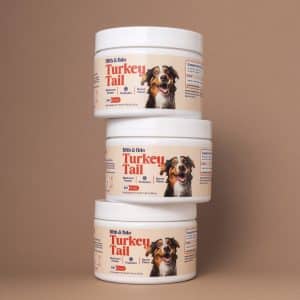
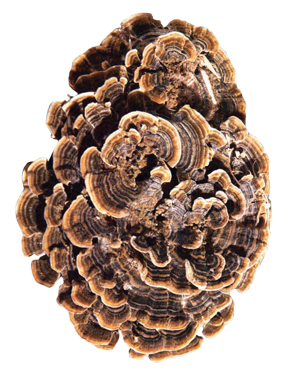
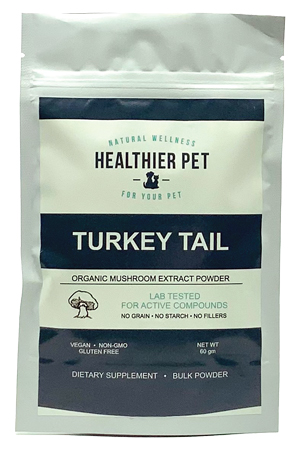
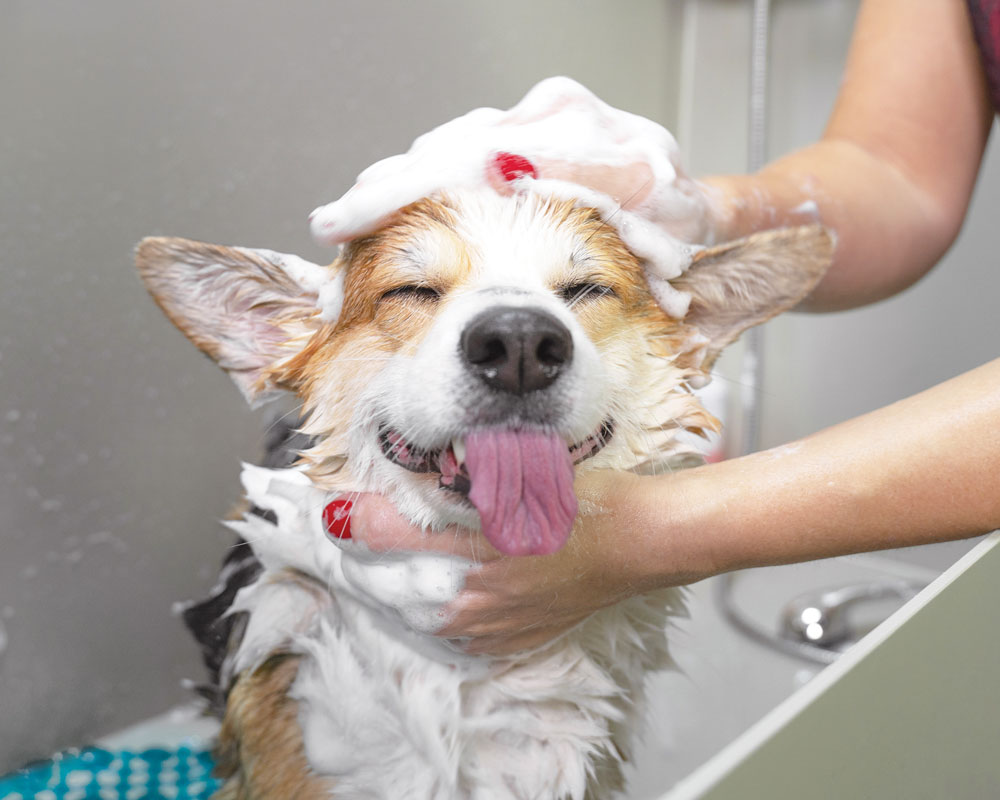

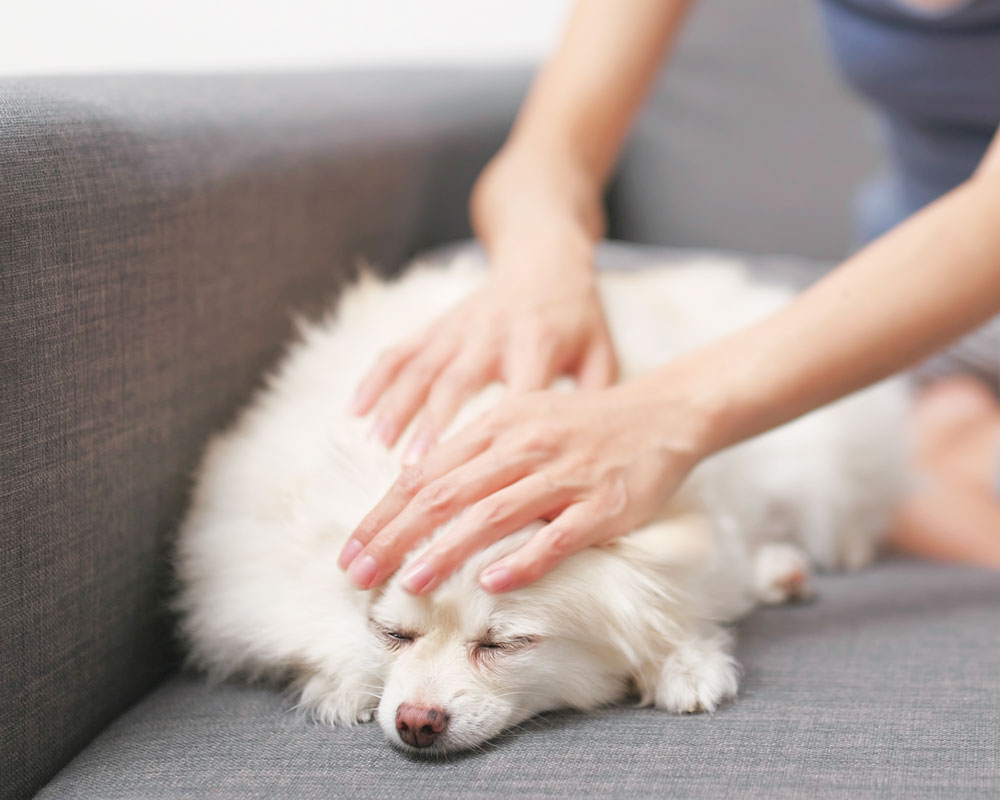

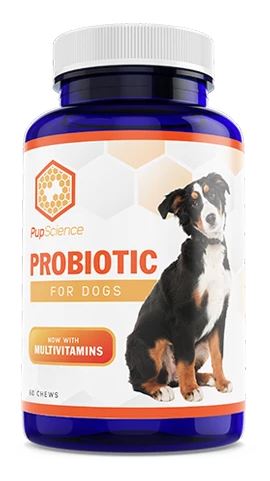
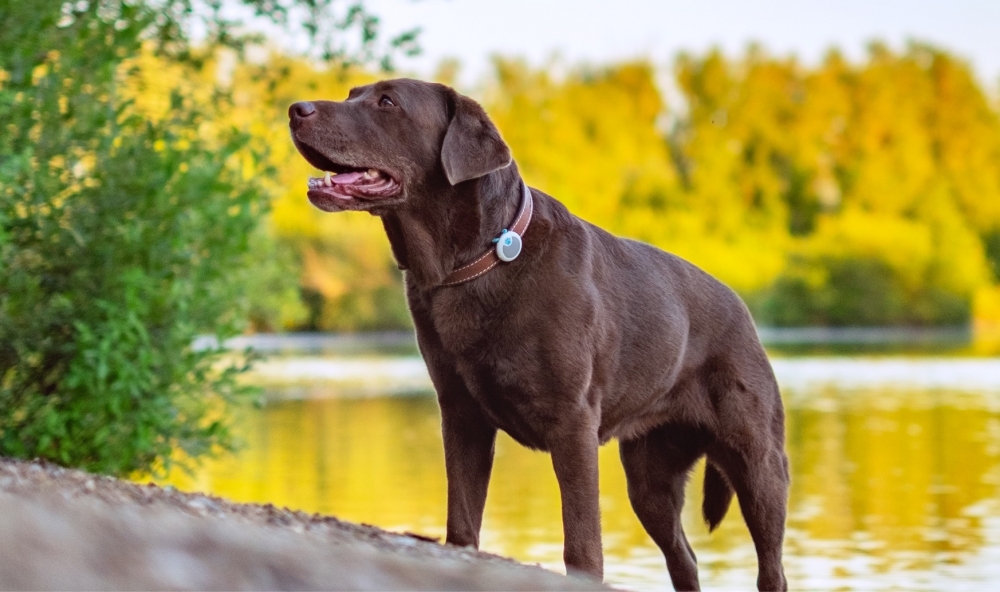 There are a whole host of common medical problems that monitors like Animo might help us with. Monitors can alert us to changes in sleep and activity patterns that can be a general indication of pain, stress or declining health, as well specific behaviors like scratching or barking. This can be useful if we want to know whether a treatment is working; for example, has itchiness been reduced to an acceptable level with a particular allergy treatment for dermatitis. It can also tell us whether a dog is coping well with being left alone or is in fact barking because it is stressed.
There are a whole host of common medical problems that monitors like Animo might help us with. Monitors can alert us to changes in sleep and activity patterns that can be a general indication of pain, stress or declining health, as well specific behaviors like scratching or barking. This can be useful if we want to know whether a treatment is working; for example, has itchiness been reduced to an acceptable level with a particular allergy treatment for dermatitis. It can also tell us whether a dog is coping well with being left alone or is in fact barking because it is stressed.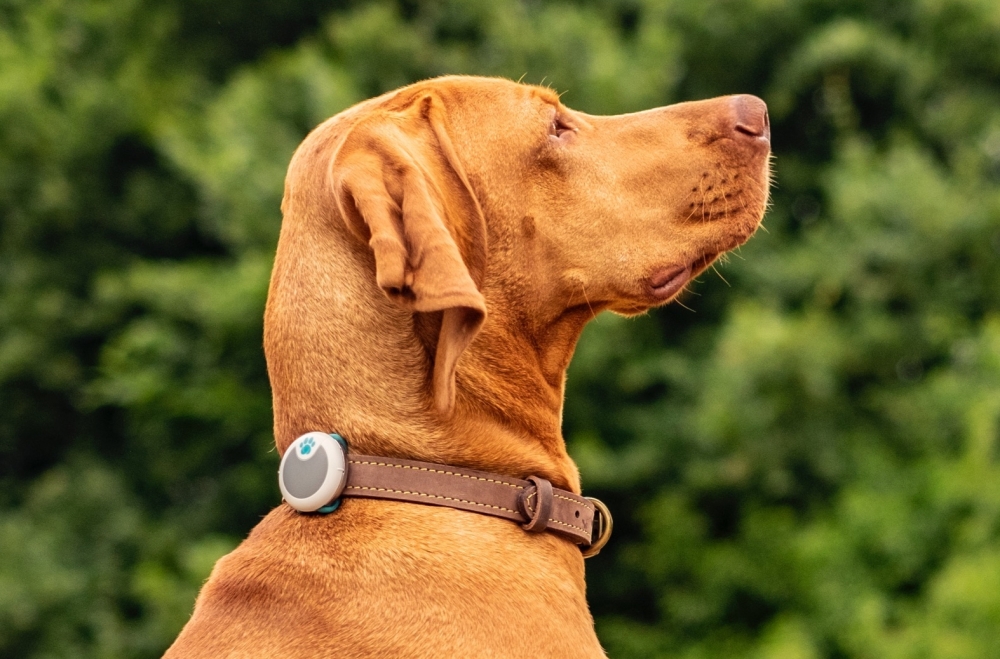 Another major issue for pet dogs is obesity. Although it probably doesn’t seem like it sometimes, most people are pretty good at managing their weight; we subconsciously change the amount of food we eat according to our level of physical activity. The problem is that dogs don’t seem to have the same level of self-control, and many of them behave as if they would eat until they burst. In people, weight gain results from only very small excesses in calorie intake: To gain 1kg of weight in a year, a person only has to eat an extra two chocolate bars a month. It’s the same with dogs. Activity monitors like
Another major issue for pet dogs is obesity. Although it probably doesn’t seem like it sometimes, most people are pretty good at managing their weight; we subconsciously change the amount of food we eat according to our level of physical activity. The problem is that dogs don’t seem to have the same level of self-control, and many of them behave as if they would eat until they burst. In people, weight gain results from only very small excesses in calorie intake: To gain 1kg of weight in a year, a person only has to eat an extra two chocolate bars a month. It’s the same with dogs. Activity monitors like 